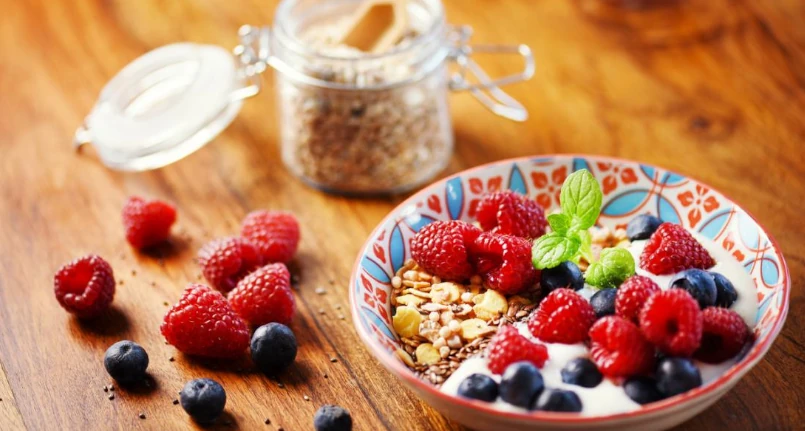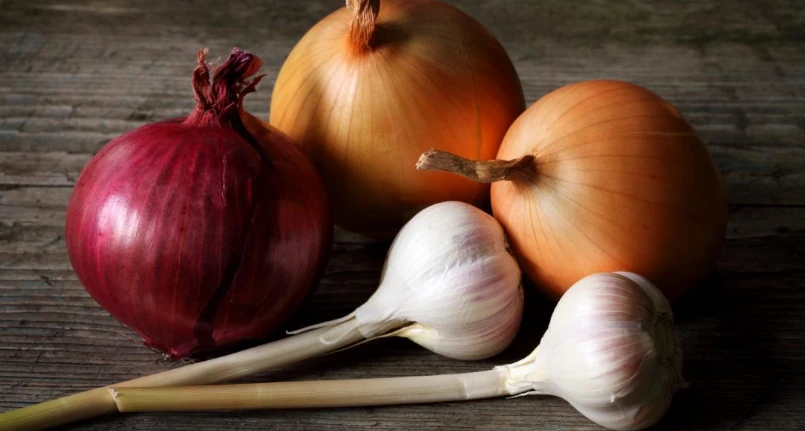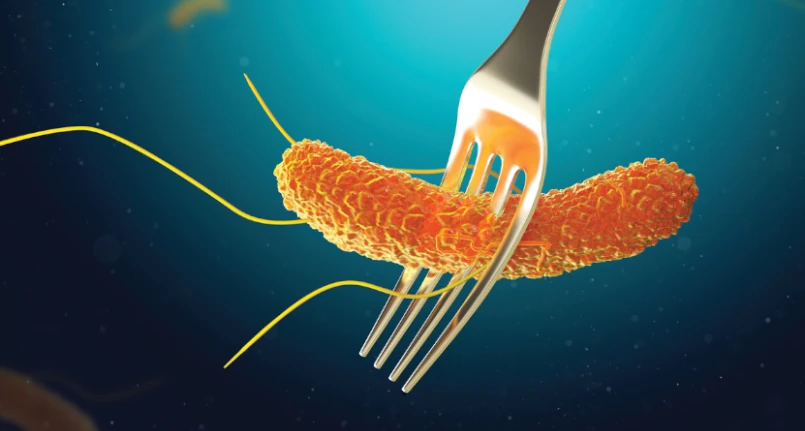What are
A free radical is defined as a particularly reactive molecule or atom that contains at least one unpaired electron in its outermost orbital.
Production
The production of free radicals is a physiological event and normally occurs in cellular biochemical reactions, especially in those that use oxygen to produce energy . Free radicals themselves can also be produced due to external factors.
Factors responsible for the production of free radicals
ENVIRONMENTAL FACTORS
- Pollution
- Drugs, active and passive smoking , alcohol and medicines
- Ultraviolet rays and ionizing radiation
- Prolonged psychophysical stress ( intense physical activity )
- Some additives and toxic substances present in foods or developed during their cooking
ENDOGENOUS FACTORS
- Electron transport in the mitochondria (aerobic energy production)
- B-oxidation ( fatty acid metabolism )
- Cytochrome P450 reactions (metabolization of drugs, toxic substances, etc.)
- Activity of phagocytic cells ( immune system ).
Since it is not possible to prevent their formation, our body has developed its own defense system capable of neutralizing most of the negative effects associated with the production of free radicals.
The mechanisms of detoxification:
- superoxide dismutase converts superoxide anion into hydrogen peroxide (hydrogen peroxide). The latter molecule is particularly harmful to cells since, in the presence of iron , it releases the hydroxyl radical which is particularly damaging and difficult to control.
- Fortunately, our body has an enzyme capable of preventing this process. This protein , called catalase is in fact capable of converting hydrogen peroxide into water and oxygen.
- Finally, glutathione can act alone or become the substrate of various enzymes such as glutathione peroxidase (GPX) and act in a similar way to catalase
If these defenses are insufficient, however, there are shelter systems capable of mitigating the damage caused by free radicals.
Role of Sport
During energy metabolism most of the oxygen combines with H+ ions to form water. A small percentage of O 2 , normally between 2 and 5%, escapes this process and contributes to the formation of free radicals.
During physical exercise, oxygen consumption can increase up to 20 times compared to the resting condition; in particular in active muscles this increase can even be 100 times higher. While the increased oxygen flow is essential to meet energy demandson the other hand, it also significantly increases the production of oxidizing agents. The quantity of free radicals produced during an effort is directly proportional to the duration and intensity of the exercise and inversely proportional to the degree of training of the person who practices it. In fact, physical conditioning improves the body’s antioxidant capacity and allows trained athletes to fight the free radicals produced more efficiently.
However, it may happen that, due to the poor degree of physical preparation or excessive intensity and frequency of training, the production of free radicals ends up exceeding the body’s defense capabilities. For this reason, the intake of vitamins and antioxidants in the form of supplements is an underestimated but particularly effective strategy in improving the athlete’s performance and general health.
In untrained subjects subjected to intense physical effort, the excessive production of oxidizing agents causes direct damage to the muscle cell and contributes to the appearance of the classic post-workout muscle soreness . However, regular sports practice induces an increase in the endogenous defenses against free radicals. This explains why athletes generally appear younger and fitter than their sedentary peers.




